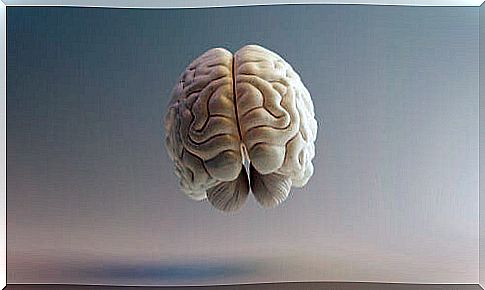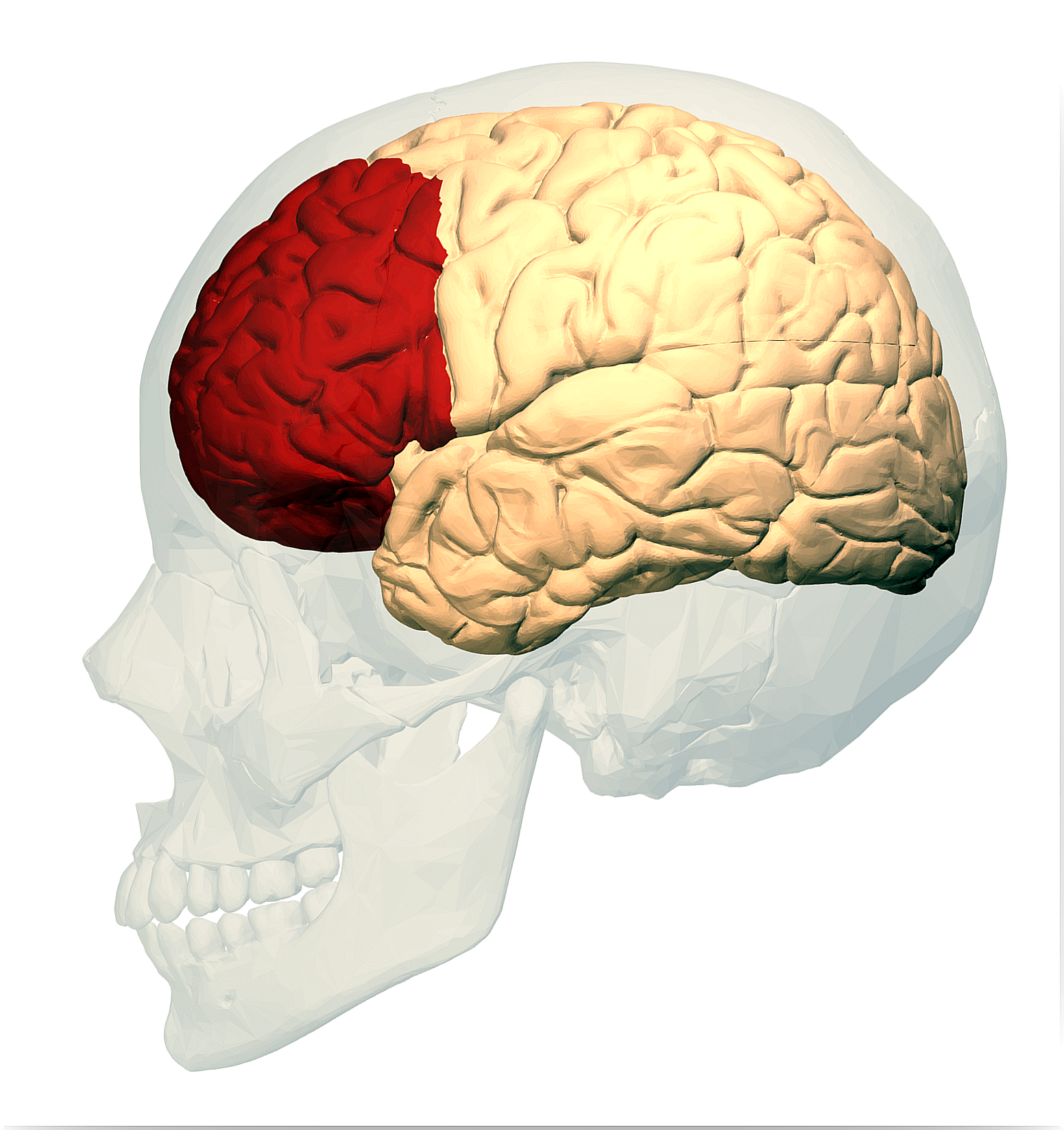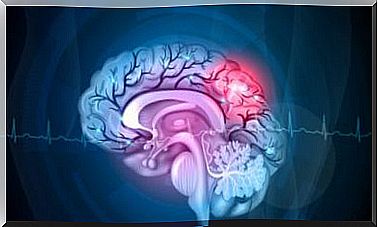Dorsolateral Prefrontal Cortex: Main Functions

The prefrontal lobes represent key elements for the modulation and control of human behavior. Without a doubt, they are fundamental in the integration of cognitive, motivational and emotional information. Their connection with almost all areas of the brain give them great importance and that is why their study and research is so important. Within the prefrontal lobes we find the dorsolateral prefrontal cortex: an area whose functions are of vital importance for human behavior.
The frontal regions allow us to be autonomous beings, facilitating a good part of the control we have over our lives. All this through the so-called executive functions, functions that characterize us as human beings. Thanks to these areas we build our identity and develop self-awareness.
In this way, internal dialogue and communication with others is possible. Social cognition takes place in these areas, and from there comes empathy, the ability to put ourselves in the place of the other. At the same time, they also enable us to predict the behaviors of others – anticipating their intentions – or understand aspects such as deception.

Frontal lobe anatomy
The frontal lobe is divided into several areas:
- Motor, premotor and supplementary zone
- Frontal eye field.
- Broca’s area.
- Prefrontal cortex
At the same time it is subdivided into three regions:
- Dorsolateral.
- Orbital.
- Medial.
Main functions of the dorsolateral prefrontal cortex
Both Stuss and Knight (2002) and Tirapu and Ustárroz (2012) point out some of the main characteristics of this crust:
- Inhibition, coordination and modulation of behavior.
- Search, recovery and updating of relevant information at all times.
- Planning, preparation and anticipation through time signals.
- Regulation and cognitive and emotional control.
- Flexibility to change attention and behavior as conditions change.
For its part, Burguess’s team (2012) carried out a review of the scientific literature on the main functions of the dorsonaleral prefrontal cortex. They concluded that most of the investigations agreed that attention, memory, language and preparation and temporal sequencing are the most prominent functions.
Attention
Among the main functions of the dorsolateral prefrontal cortex is the control of attention. This control encompasses processes such as: task change, divided attention capacity, preparation for action and interference control.
Memory
Regarding memory, it is necessary to differentiate between working memory or operative memory and declarative memory. Working or operational memory is a system that allows you to retain and work with information temporarily. Baddeley (2010) states that the dorsolateral prefrontal cortex would act as a “central executive”; according to the author, it has “the ability to retrieve information and keep it active while it is being manipulated . “
For their part, Stuss and Levine (2002), postulate that the participation of this area increases when the requested information “exceeds the capacity of the working memory and when it is necessary to control distractors that may interfere with the relevant information with which it is being used. working ” .
Regarding declarative memory, the dorsolateral prefrontal cortex seems to be involved in information retrieval processes. Participates in choosing the best strategies to encode information and is related to processes associated with the memory of the source. That is, remembering the characteristics of an event: what, how, when, where …

Alterations in the memory of the source affect the ability of the subjects to examine the origin of their memories. This process is known as reality monitoring. In this way, they can distinguish between real and imagined events. Baddeley assures that “a deficit in this process may be responsible for the phenomena of proactive interference and the frequent intrusions and confabulations that patients with prefrontal lesions present” .
Language
The lack of verbal fluency is related to prefrontal lesions, especially those produced on the left side. At the same time, the narrative discourse would also be affected in terms of its simplification and the omission of grammatical forms when alterations appear in this area.
Preparation and temporal sequencing
Finally, time planning is a key ability to organize activities and function on a day-to-day basis. Various investigations highlight the importance of frontal areas in planning. Arnedo, Bembibre and Triviño (2013), affirm that the preparation and temporary monitoring is carried out “through a constant update of the information regarding the time required to perform an action and keep it in memory until the moment of carry it out ” .









